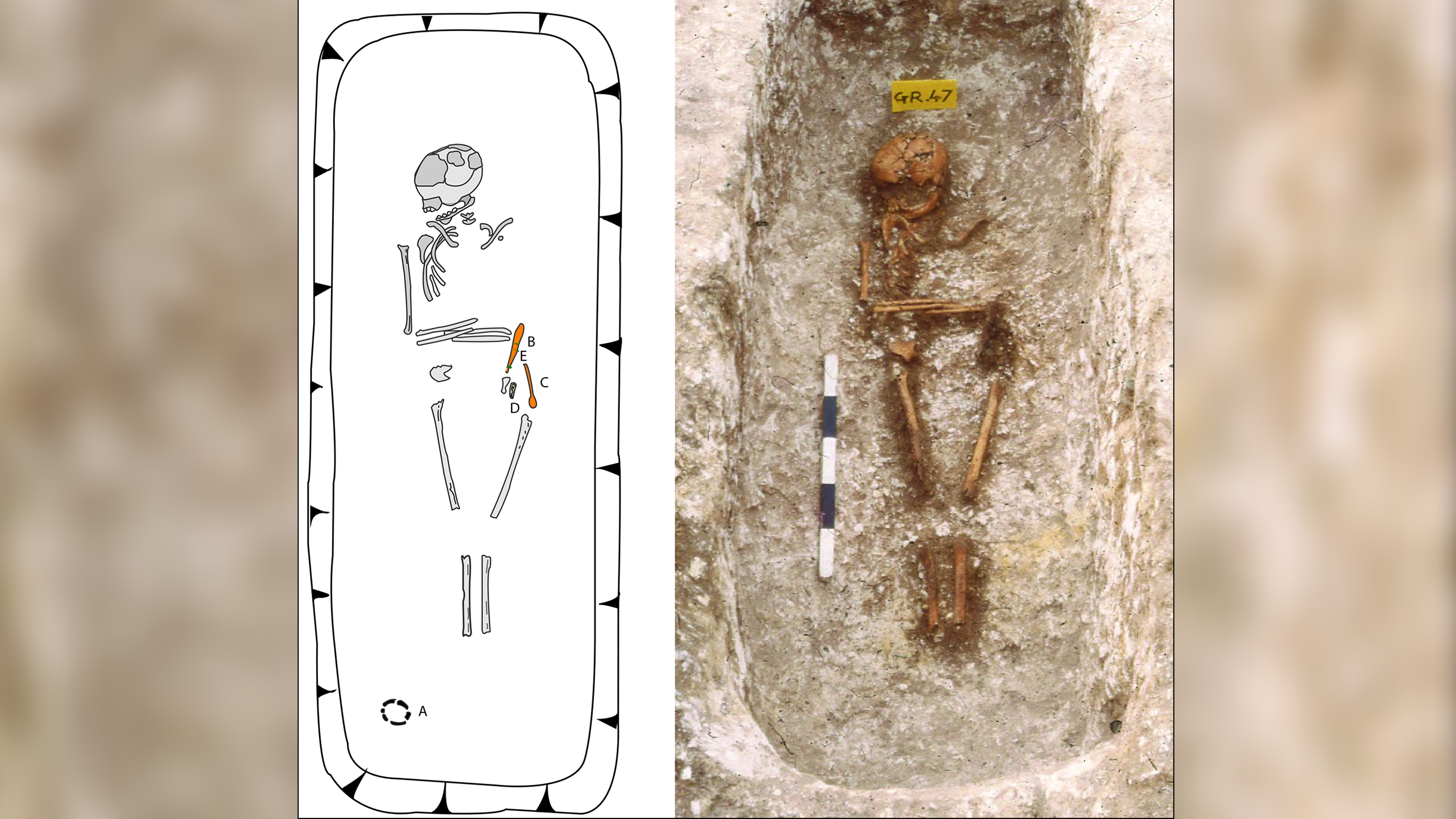Sweet Disguise: Chocolate-Covered Elephant Ivory Seized in Macau

Ivory poachers go to sometimes-absurd lengths to smuggle prized pieces of elephant tusks across borders.
When officials in Chinese-ruled Macau inspected the luggage of two South Africans last month, they found 15 suspiciously heavy boxes of chocolate.
Further investigation and a little warm water revealed what was actually inside the candy bar wrappers. As the chocolate melted away, officials discovered 583 bars of ivory, all together weighing 75 lbs. (34 kilograms) with a market value of more than $76,000 U.S. dollars, according to the Macau Daily Times.
"Nothing shocks me anymore — especially at how far people will go to engage in illegal wildlife trade," Crawford Allan, director of TRAFFIC North America, said in a statement from the World Wildlife Fund (WWF).
"Luckily, officials detected the 'chocolate' ivory before the traffickers turned a profit," Allan added. "Unfortunately, these incidents are not isolated, and trade in illegal wildlife continues to be a major global problem."
Apparently, this chocolate disguise is not even that original. From September to December 2012, more than 90 ivory seals were found hidden in chocolate packages being sent from South Africa to Taiwan, according to WWF.

The Convention on International Trade in Endangered Species of Wild Fauna and Flora (CITES for short) banned the ivory trade in 1989, but a black market for elephant tusks still thrives, largely fueled by a demand in Asia.
Get the world’s most fascinating discoveries delivered straight to your inbox.
Based on the amount of ivory seized worldwide in 2011, some researchers have estimated that up to 50,000 African elephants were killed that year for their tusks.
Follow Megan Gannon on Twitter and Google+. Follow us @livescience, Facebook & Google+. Original article on LiveScience.

